|
During my recent trip to New York City, I had the pleasure of discovering Georgian food and wine at Chama Mama in Chelsea. I highly recommend this restaurant if you ever find yourself in the Big Apple. Although I have been intrigued by the country and cuisine for years, it was my first time trying it and I regret not discovering it sooner! So, it's not surprising that in recent years, Georgian cuisine and wine have gained a lot of popularity in the gastronomic world. Nestled in the Caucasus region between Europe and Asia, Georgia boasts a rich culinary heritage that has captivated the palates of food enthusiasts worldwide. From the delicious flavors of khachapuri to the complex notes of saperavi wine, Georgian food and wine have become a burgeoning trend in the global culinary scene. Khachapuri: The National Dish and a Cheese Lover’s Dream Georgian cuisine reflects the country's diverse cultural influences, drawing inspiration from Persian, Turkish, and Mediterranean culinary traditions. One of the cornerstones of Georgian cuisine, and the national dish, is khachapuri, a delectable cheese-filled bread that comes in various regional variations. Adjarian khachapuri, shaped like a boat and topped with a gooey egg, is a beloved comfort food, while Imeretian khachapuri features a more simplistic round shape filled with a blend of cheeses. These iconic dishes exemplify the warmth and hospitality deeply ingrained in Georgian culinary culture. I had the Adjarian khachapuri at Chama Mama and can tell you I am craving it right now as I write this post! Khinkali: Dumplings of Delight and Pkhali: A Symphony of Flavors Another hallmark of Georgian cuisine is the lavish use of fresh herbs, spices, and aromatic ingredients. Traditional dishes like khinkali, dumplings filled with spiced meat or cheese, pkhali, a flavorful spread made from vegetables and nuts, showcase the vibrant flavors and textures that define Georgian cooking. The cuisine's emphasis on locally sourced, seasonal ingredients underscores its connection to the land and the agricultural traditions that have sustained Georgian communities for centuries. Khinkali are a true testament to the country's culinary prowess. Made from twisted pieces of dough stuffed with savory fillings such as meat, cheese, or mushrooms, khinkali are a staple of Georgian cuisine, enjoyed by locals and visitors alike. And remember, eating khinkali with your hands is not just encouraged—it's essential to fully appreciate the burst of flavors with every bite. Pkhali is made with fresh veggies like spinach, beets, or carrots, all finely chopped and mixed with aromatic herbs, garlic, and ground walnuts, then generously seasoned with zesty spices like fenugreek and coriander. It is served cold and garnished with pomegranate seeds to be enjoyed on warm bread or crackers. Khinkali: Georgian Dumplings Lobio: A Celebration of Beans In Georgian cuisine, beans reign supreme, and lobio showcases the versatility and ingenuity of this humble ingredient. Whether mashed into a flavorful paste with garlic, onions, and spices or simmered in a clay pot with fragrant herbs and vegetables, lobio delights the palate with its hearty textures and robust flavors. As Georgians embrace their agricultural heritage, expect to see more innovative twists on this traditional dish, highlighting the bounty of Georgia's fertile lands. Chakapuli: A Taste of Tradition For a taste of Georgia's rich culinary history, look no further than chakapuli. This hearty soup, brimming with meats, herbs, and spices, embodies the essence of Georgian cuisine. Whether prepared with lamb, beef, or mushrooms, chakapuli showcases the abundance of locally sourced ingredients and regional variations found across the country. Each spoonful tells a story of Georgia's agricultural roots and culinary ingenuity. Georgian Wine: A Timeless Tradition No discussion of Georgian cuisine would be complete without mentioning their revered wine-making tradition, which dates back thousands of years. However, I believe it is best to dedicate a separate post to Georgian wines. Stay tuned The Vibrant World of Georgian Food Trends
Amidst Georgia's evolving culinary scene, where innovative chefs and winemakers redefine traditions while honoring the country's roots, one thing remains clear – its food is a true reflection of its vibrant culture, diverse landscapes, and unwavering hospitality. So, whether you're enjoying khachapuri in a bustling Tbilisi tavern or savoring lobio in the heart of the countryside, prepare to embark on a gastronomic adventure that will leave you craving more. Georgia may be the last great undiscovered cuisine of Europe, but its culinary delights are rapidly gaining attention – and once you've tasted them, you'll understand why.
0 Comments
As we step into 2024, the culinary landscape is set to undergo a vibrant transformation, driven by a diverse array of global influences and innovative culinary techniques. In this article, we'll delve into the exciting food trends anticipated to shape the dining experience in the coming year. From the renewed rise of Indian cuisine in America to unexpected uses of tomatoes, innovative snacking trends, and the resurgence of nostalgic flavors, 2024 promises a culinary kaleidoscope that will delight the taste buds and challenge traditional notions of gastronomy. Menu development is at the core of Matrix Restaurant Consulting, and we are here to partner with your team to create fresh new food and beverage menu items for 2024. The Indian Culinary Renaissance After years of anticipation, Indian cuisine is finally taking center stage in American dining. Renowned chefs like Maneet Chauhan in Nashville, Rohini Dey in Chicago, and Srijith Gopinathan in San Francisco are leading the charge, bringing medium- to high-end independent Indian restaurants to various corners of the country. Fast-casual Indian eateries, such as Rasa, Curry Up Now, and The Kati Roll Company, are also on the rise, offering a diverse range of flavors to a broader audience. In San Diego, Daru Indian Gastro Pub is serving up innovative menu items. The inclusion of Zingers Tikka Wrap on the menu of Miller's Ale House signifies a growing acceptance of Indian flavors in mainstream American dining. Snacking Trends | A Reflection of Economic and Emotional Drivers The dynamics of snacking are evolving, influenced by two key drivers: economic caution and stress. Cautious consumers are turning to snacks as meal replacements, opting for healthier choices to save money. In contrast, those facing serious financial challenges may choose less healthy options due to budget constraints. The second driver, stress, prompts increased snacking on comfort foods, leaning towards sweet and salty items. The demand for extreme flavors like citrus and chilies reflects the emotional need for escape and reward. Small bites and snacks can be a great way to enhance your menu. Nostalgia Reinvented Nostalgia in 2024 takes a turn towards more wholesome times, embracing foods reminiscent of small towns in the Midwest and Deep South. Pimento cheese, Alabama white sauce, and Michigan bumpy cake. Joe Isidori, Michelin star chef and owner of New York’s Arthur & Sons also thinks old school is back in style for 2024, including timeless red-sauce dishes, nostalgic steak shops, and French bistros that emphasize simplicity and unpretentiousness. Lobster thermidor, peach melba, and more made-in-America dishes are back in fashion, often with a new twist. Chef Andrew Zimmern, chef, James Beard Award-winning TV personality, agrees, and expects dishes from up to 150 years go to “soar in popularity.” Flavor Trends | A Symphony of Combinations Sweet combinations continue to dominate, with flavors like swalty (sweet + salty), swokey (sweet + smoky), and swicy (sweet + spicy) offering self-soothing and rewarding characteristics. The anticipated rise of Apple Pie spice signals a potential challenge to the once-unstoppable Pumpkin Pie spice trend. As flavor profiles evolve, there is a recognition that certain trends, such as avocado toast and Girl Dinner, are fading, making room for innovative takes on traditional favorites. Tomato | The Versatile Star According to consumer and menu research firm Technomic, 2024 is hailed as the "year of the tomato." This versatile ingredient is expected to appear in unexpected places, from desserts to meat replacements. Dishes like Mayan sikil pak and Libyan chraimeh, along with Caprese cocktails, showcase the global influence of tomato-based creations. Savory Martinis with ingredients like truffles and Parmesan cheese are gaining popularity, indicating a newfound appreciation for the diverse applications of this humble fruit. In the dynamic culinary landscape of 2024, Matrix Restaurant Consulting stands ready to guide the gastronomic journey. As Indian cuisine gains prominence across America and snacking evolves in response to economic and emotional cues, our team is poised to craft innovative menus. Nostalgia takes a wholesome turn with timeless American dishes, while flavor symphonies redefine culinary trends. Embracing the versatility of tomatoes, 2024 unfolds as a year of culinary exploration, and Matrix is your trusted partner in navigating this vibrant culinary kaleidoscope. Let us elevate your menu to new heights. #restaurants #restauranttrends #beveragetrends #foodtrends #2024CulinaryTrends #2024Trends #Tomatoes #IndianCuisine #FlavorCombinations #Nostalgia #NostalgicFood #Snacking #SnackingTrends
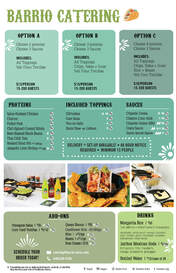 Many restaurant operators have asked us how they can expand their business without investing large amounts of capital to open new restaurants or concepts. There are numerous avenues in generating new revenue streams, but I caution restauranteurs and executives that they need to be deliberate and controlled in their decision making. And they need to be willing to support this organizationally and most importantly willing to invest in leadership to run their new venture. So, I thought I would share some proven success factors for one of these revenue streams, Off-Premises Catering via Take-Out and Delivery. Take-Out and Delivery Catering can come in two different forms – more traditional catering where the food is fully prepared and ready to go such as individual grab-and-go box lunches or buffet items – or bulk items that are heat-and-eat such as Clover Food Lab’s Party in a Box. The benefit of this type of revenue channel is that you can launch it with a minimal capital investment as you can leverage your current kitchen facility and much of your current staff. Your kitchen simply prepares the food and everything else is up to the customer to plan on their own. Through our experience we have found these as some keys in successfully developing and launching a Take-Out and Delivery Catering Program.
Having run several restaurant companies that focus on healthy eating and with the current plant-based meat fad (yes, I think in general it is a fad, and I’ll explain later), I am often asked about my thoughts on plant-based meats and more specifically, what type of plant-based burger is best for their operation.
The begin, I ask two questions that are fundamental in finding the right solution. “Who are you targeting?” and “Are you replacing a current menu item?” Who are you targeting? There are two main groups to target by offering a plant-based burger on your menu – True Vegetarians/Vegans and Flexitarians. If your operation is just introducing a plant-based burger option, the answer to this question will determine if you should offer a plant-based meat burger or if you should offer a vegetable burger option. Depending on the survey or poll, Vegetarians/Vegans represent 2-6% of the population. However, according to 2021 research commissioned by Sprouts Farmers Market and conducted by One Poll, nearly one in every two Americans consumes more plant-based meals than meat (i.e. a Flexitarian), with the flexitarian lifestyle proving more popular with Gen Z. Clearly, the bigger market opportunity is to offer a plant-based meat burger and appeal to the flexitarian. Who has the best-in-class Plant-based Burger? Nation’s Restaurant News is currently conducting a readers poll on “Which Plant-Based restaurant will be the first to go national?” And although this doesn’t answer the best-in-class question, respondents are very passionate about their choice. From a broader list, PLNT Burger and Nomoo are vying as the reader polls “most likely to go national first.” Additionally, BuzzFeed did a recent taste of - “All The Veggie Burgers From National Chains That We Could Get Our Hands On To Find Out Which Ones Are Worth It.” The PLNT Cheeseburger was rated 8 out of 10, the second highest score after the Impossible Whopper which was rated 9 out of 10. What makes a great Plant-Based Meat Burger? Interestingly, both PLNT Burger and Nomoo use Beyond Meat. And it appears from earlier articles that Nomoo switched from Impossible Foods. Please note, I am not endorsing one brand over the other, simply stating what I have found. With that said, there are some common themes with plant-based meat burgers. The Burger Patty: Most restaurants are altering the plant-based meat to differentiate their burger. By way of blending the plant-based meat with vegetables, herbs, spices or other secret ingredients. Furthermore, most are making the patties thin. Think 5/1 or 6/1 patties versus a 2/1 or 3/1 patties. The Burger Build: In almost all cases, restaurants are creating signature burgers, even with the common cheeseburger. For PLNT, the PLNT Cheeseburger has a Beyond Meat Patty, Caramelized Onion, Pickles, NewFields American Cheese, Green Leaf Lettuce, Roma, Tomato, PLNT Sauce, Potato Buen. For Nomoo, The NOMOO has a Brioche bun, nomon × Beyond Patty, nomoo sauce, American Cheeze, Pickles, Onion, Tomato, and Lettuce. Clearly a signature sauce and signature bun are must haves and having other unique ingredients such as caramelized onions, fried onion straws, smoked tempeh bacon or a different cheese like jack cheese will differentiate your burger. Are you replacing a current vegetable-based burger? If you are replacing a current vegetable-based burger, it is important to know who is buying this burger. Is it a flexitarian or a true vegetarian/vegan. If the latter, you will certainly alienate them and potentially lose this group as customers if you switch to a plant-based meat burger. Numerous studies have shown that the demand for fake meats is almost entirely driven by meat eaters despite fake meat long being associated with vegetarians. And plant-based meat producers know this fact and realize the vegetarian and vegan aversion to eating animals means they're pretty weirded out by the hyper-realistic fake stuff too. Additionally in 2021 Food & Wine asked several longtime vegetarians what they thought about the plant-based meat boom. The common theme, these vegetarians agreed that more meatless options were only a good thing, but the idea of eating something that's formulated to taste more like meat was also off-putting. It's one thing if you swap your beef burger order for an Impossible/Beyond patty now and again; quite another if you long ago abandoned burgers altogether. Afterall, many vegetarians on the planet have been eating three meals a day without new advances in meat technology for years and they have already learned to live without meat. Why I believe plant-based meat is a fad… I do believe the demand for meat alternatives will continue, but the industry will not survive unless it continues researching a better product – focusing the needs on affordability and taste. Additionally, consumers are becoming more and more leery of the ingredients and the Orwellian technology used to produce some of these faux meats. I had the opportunity to try several faux meat products from chicken to beef to eggs to shrimp to poke-style tuna while attending the National Restaurant Association Show in Chicago this year. Sadly, these products were disappointing in flavor and texture. And whether by chance or by luck, I had just sampled some amazing blue-fin tuna at one booth and then sampled the poke-style tuna at the next booth. The difference was night and day. I am truly supportive of finding necessary alternatives to meat for environmental and ethical reasons, and I realize you have to start somewhere, but we are not there yet. If your company needs assistance in developing plant-based menu items for vegans, vegetarians or flexitarians let us know! We have an incredible network of talented chefs who specialize in each of these areas. Let’s Talk! #plantbasedburgers #fauxmeat #burgers #vegetarian #vegan #foodtrends2022 #restaurants #restauranttrends We are excited that Tony Tahmosh, CSW has joined Matrix Restaurant Consulting. I recently asked Tony to outline the opportunities and challenges operators will face in 2022 as they look at their beverage programs, specifically the future of wine sales and how to react to consumer shifts in wine consumption. Here's what Tony said....
State of the Beverage Industry Consumer Beverage Spend in the U.S. increased by almost 2% in 2021, and is currently valued at $146 billion. Although wine consumption continues to decrease, the U.S. Beverage Industry is projected to continue to grow at an average rate of 1.7% through the end of 2026. Here are some challenges and opportunities in today’s beverage world. Some of the challenges operators are facing today....
Opportunities for Operators to Increase overall Beverage Sales
#Beverages #BeverageTrends2022 #wine #RestaurantTrends #Restaurants2022 #CBDFoodProducts #CBD As we come out of the pandemic, consumers are returning to some sort of normalcy. But with COVID variants exploding, costs rising, product shortages and a shrinking labor pool, the Food Service industry will be forever changed. We can no longer run our businesses as we have in the past, as we continue to see uncertain times, and the resulting changes in consumer behavior. So who will succeed in the future? It will be the food service operator that evolves with speed and innovation and it will be the food service operator that really understands the impact of these times on consumer behaviors, not just following the current fad or trend. In my January 6, 2020 blog, I made some predictions for 2020 and I feel many of these predictions will hold true for the future. As I look across the industry, we will see a continued trend towards healthy and sustainable eating, and diet-friendly menu options; we will continue to see an innovation in technology – from digital marketing and loyalty programs, to strengthening the e-commerce proposition, to cyber-security to contactless technology; we will see necessary changes in the delivery model; we will see Social Justice - beyond the buzzwords; and we will continue to see new food trends and renewed interest in classic stables - Italian, Mexican and Chinese, with a focus on regional specialties. In this blog, I am going to focus on the continued trend towards healthy and sustainable eating, and diet-friendly menu options.
In this post-pandemic era, there is pent up demand to dine out, but consumers are still cautious, and we will not see pre-pandemic sales and traffic for a long time. As a result, food-service operations need to continue to evolve and change in order to be successful. #2021FoodTrends #2021RestaurantTrends #RestaurantTrends #Restaurants #FoodService 1 Cherryh Cansler, ‘Bold and light: Post-pandemic menu trends revealed’, Fast Casual, May 10, 2021, https://www.fastcasual.com/blogs/bold-and-light-post-pandemic-menu-trends-revealed/
As we enter a new decade, industry experts and chefs have predicted so many trends for 2020. Here are a few trends that I predict for 2020.
Health & Fitness - 2020 will be a year we focus on food as an integral part of our lifestyle. There will be an emphasis on not only healthy food, but food that nourishes the mind and soul. Our Impact on the Environment - our planet is in distress, and I foresee restauranteurs and chefs taking notice. As an industry we will continue to look for alternatives to plastics and polystyrenes and to sourcing food locally from producers who understand their impact on the environment and society. However in 2020 - we will see bigger changes - an industry that reduces waste significantly, an industry that reduces its consumption of energy and water, and an industry that looks at every product they are using and the impact these products have on the environment. Vegetables and more Vegetables - menus will be more plant-based, with a greater use of vegetables and a focus on the connection between our food and the impact on our body, mind and soul. More Conversation at the Table - restaurants will offer more communal tables and offer family-style offerings - thus encouraging interaction and conversation at the table. "Dry 2020" - the "dry" trend will carry beyond January. Restauranteurs and bartenders will focus on more "dry" spirits - creating amazing "cocktails" that can be enjoyed all day. (And hopefully create a better name than "Mocktails!") What trends to you predict for restaurants in 2020? #2020FoodTrends #2020RestaurantTrends #PlantBasedFoods #Vegetables #sustainability #DryJanuary #Communal #HealthAndFitness I recently returned from Kenya and Tanzania and I am not surprised but the recent article from Nation's Restaurant News. Kenya offers such diverse foods - the coast offers the flavors of India and the spice trade, the central province is rich with produce - specifically Cabbage, Potatoes and Carrots, and Maize is a key staple throughout the country. It is wonderful to see the vibrant and unique flavors becoming more mainstream. While I was in Kenya, I spent time in the kitchen of an orphanage where I volunteer. While I was there, I made Sukuma Wiki - a dish made from greens (Kale, Spinach, etc) and other vegetables such as carrots. Sukuma Wiki literally translates to "push the week" or "stretch the week" - as the family would make this to stretch their food budget. I also made my version of Lentil Stew - where I seasoned it with onion, garlic, oregano and curry powder - and Ugali - a starchy side dish made from Maize meal.
To read more about this trend: African Food Takes the Slow Road to Trendiness I was recently in Los Angeles and had dinner with my family at one of my favorite sushi restaurants, The Izaka-ya by Katsu-Ya West Hollywood, and I was amazed at the number of families in the restaurant. Almost all of the tables had young children eating sushi! It's not surprising that children are becoming more sophisticated in their eating habits and as a result your restaurant's Kid's Menu should reflect this shift in taste. Additionally, with the issues we are facing with child obesity, parents are looking for healthier options for their children. The Matrix Restaurant Consultants have extensive experience in developing great Kid's Menus and building brand advocates at an early age.
Here's a great article on what some restaurant companies are doing to overhaul and improve their Kid's Menus. Kids' meals leap beyond child’s play The U.S. Food and Drug Administration (FDA) released late last week its final guidance on menu labeling. The announcement last week further specified that the compliance clock would begin counting down from the date that the Notice of Availability (NOA) is published in the Federal Register. The NOA for the guidance is expected to be published in early May 2016.
So what does this mean for my restaurants? If you have 20 or more locations, you will have until May 2017 to post calories on your menus and provide nutritional analysis for each menu item. This is a lengthy and arduous process and Matrix Restaurant Consulting is here to help you through the process. For more information: FDA Guidance Documents |
The Latest Industry News.Restaurant Industry Blog | Archives
March 2024
Restaurant Industry Blog | Categories
All
|
|
|
Matrix Restaurant Consulting | A Full Service Restaurant Consulting Group
Nashville, TN © 2024 Matrix Restaurant Consulting, LLC. All Rights Reserved. |




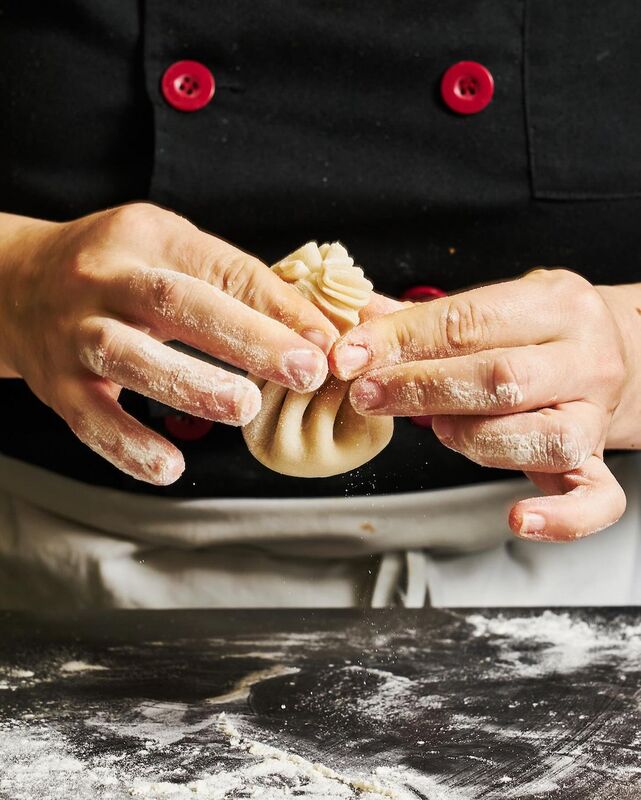
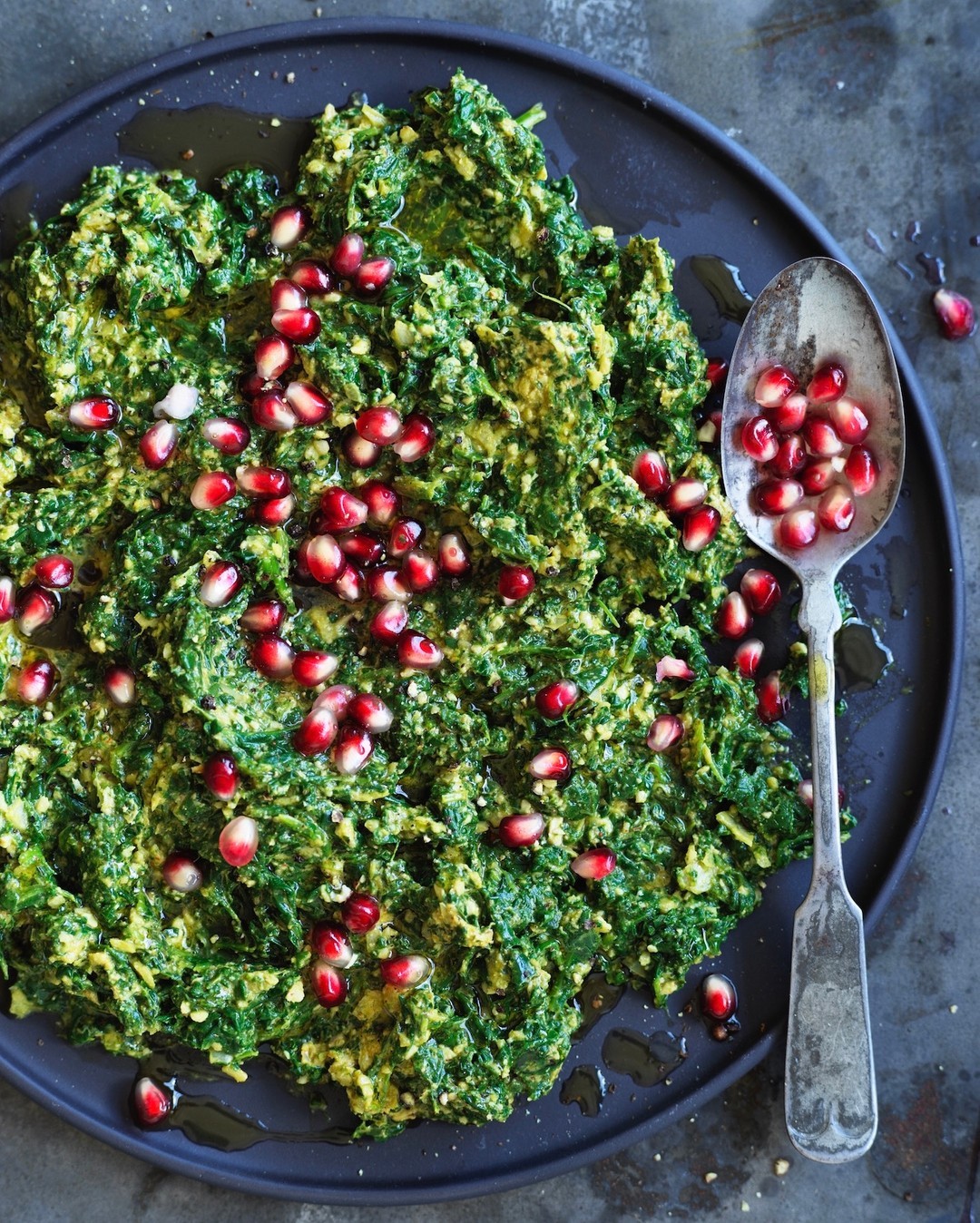
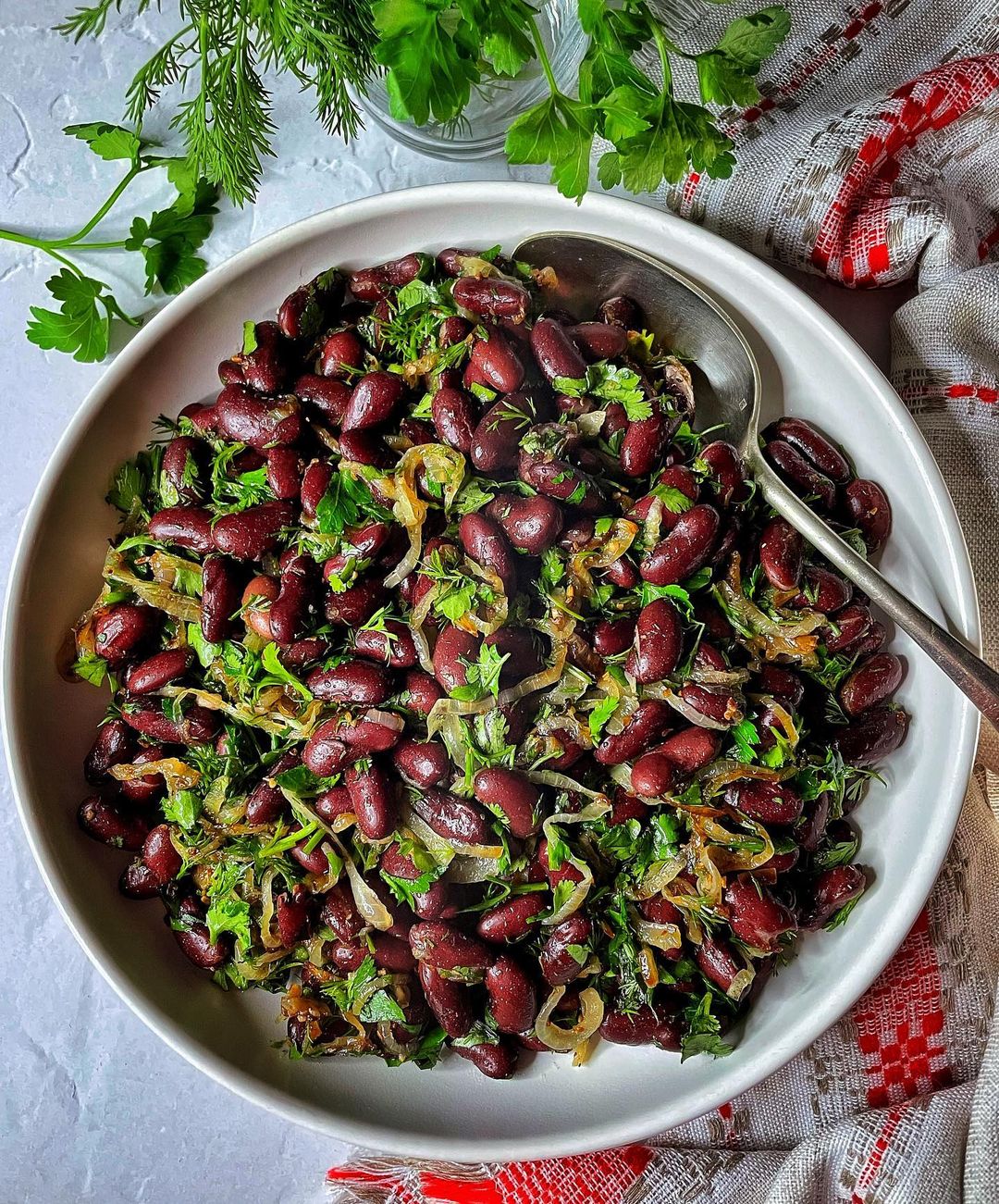
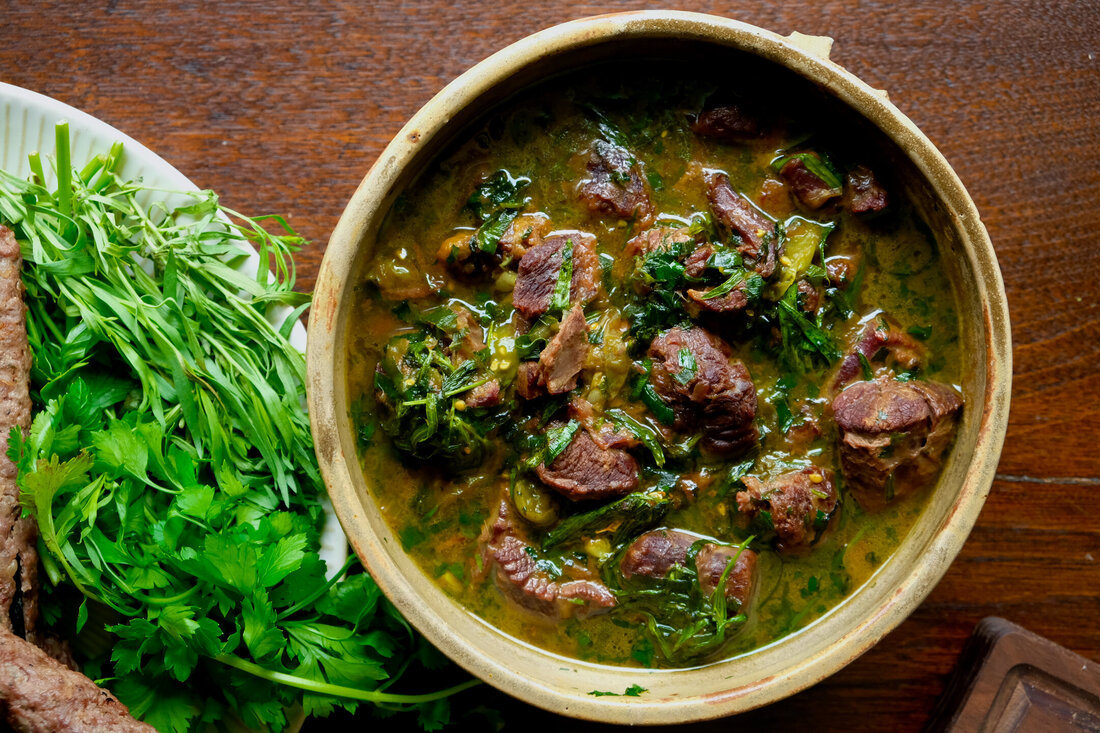

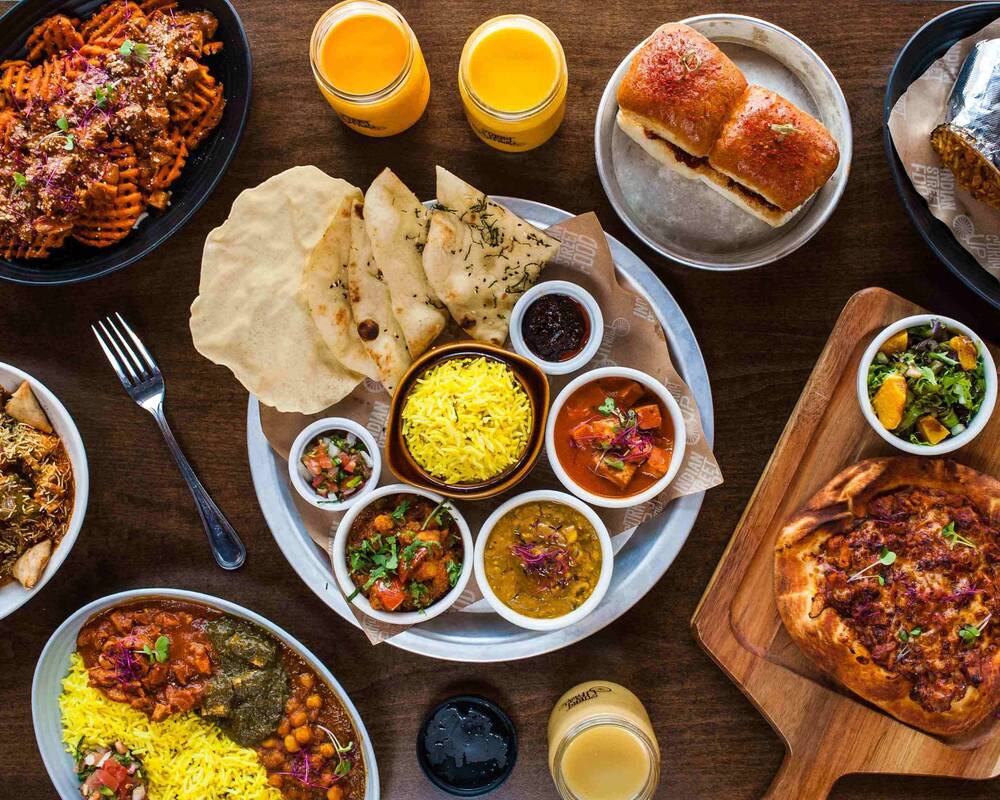
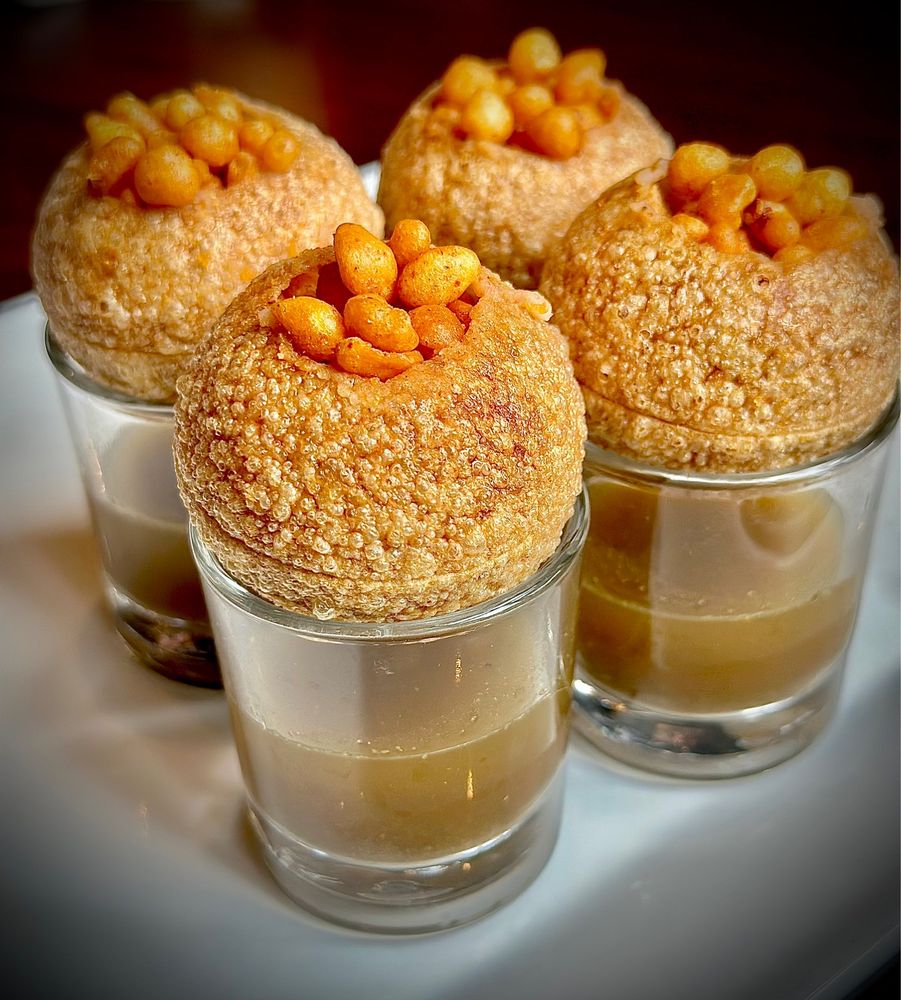
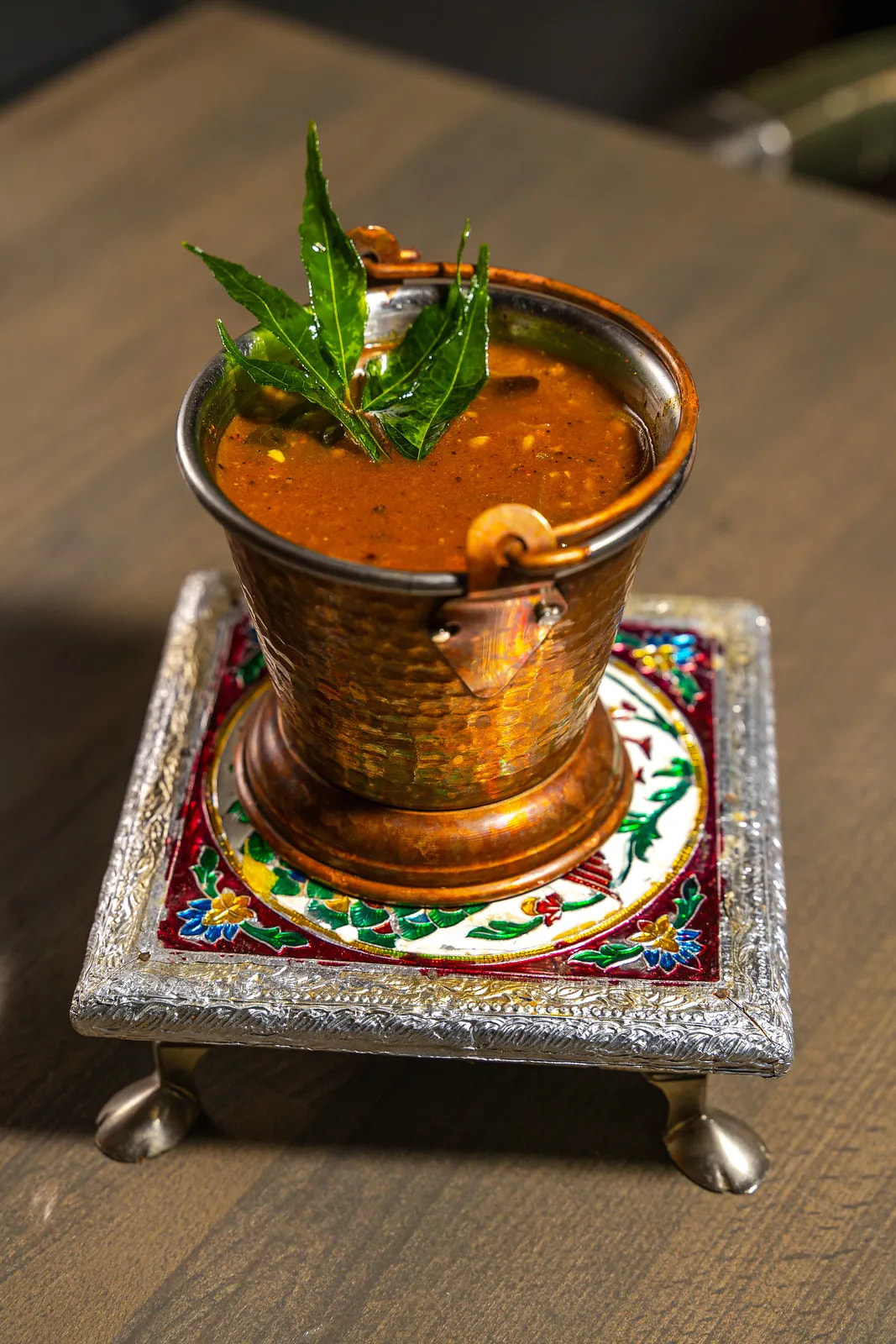
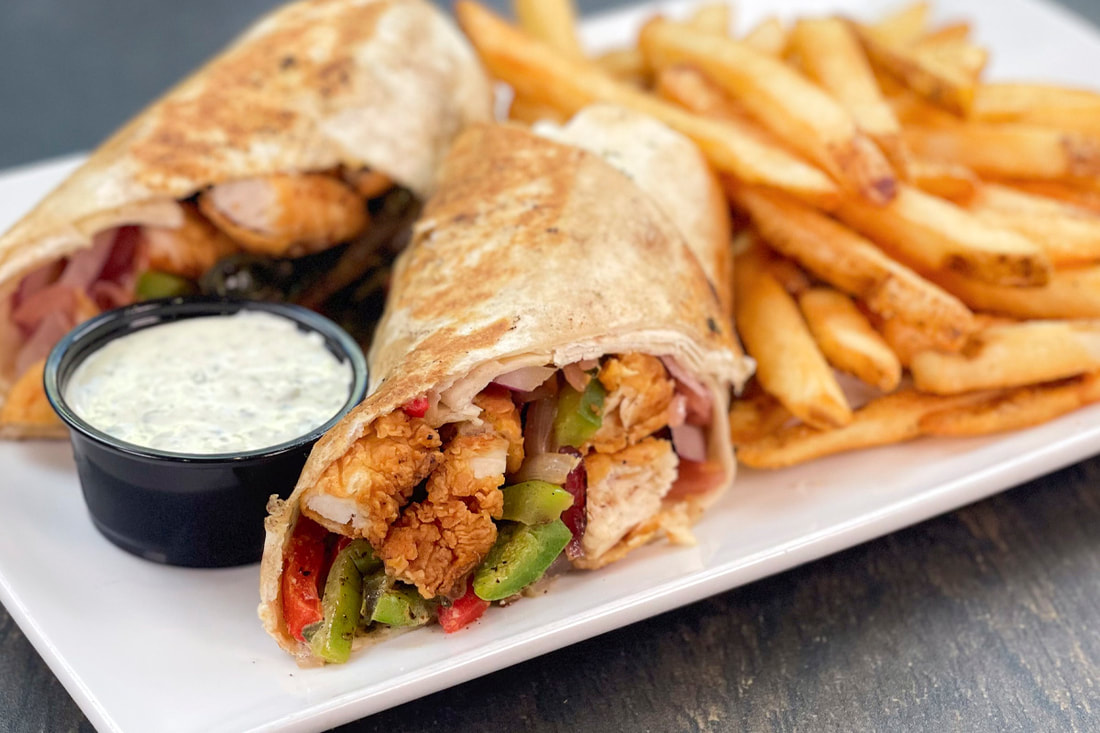
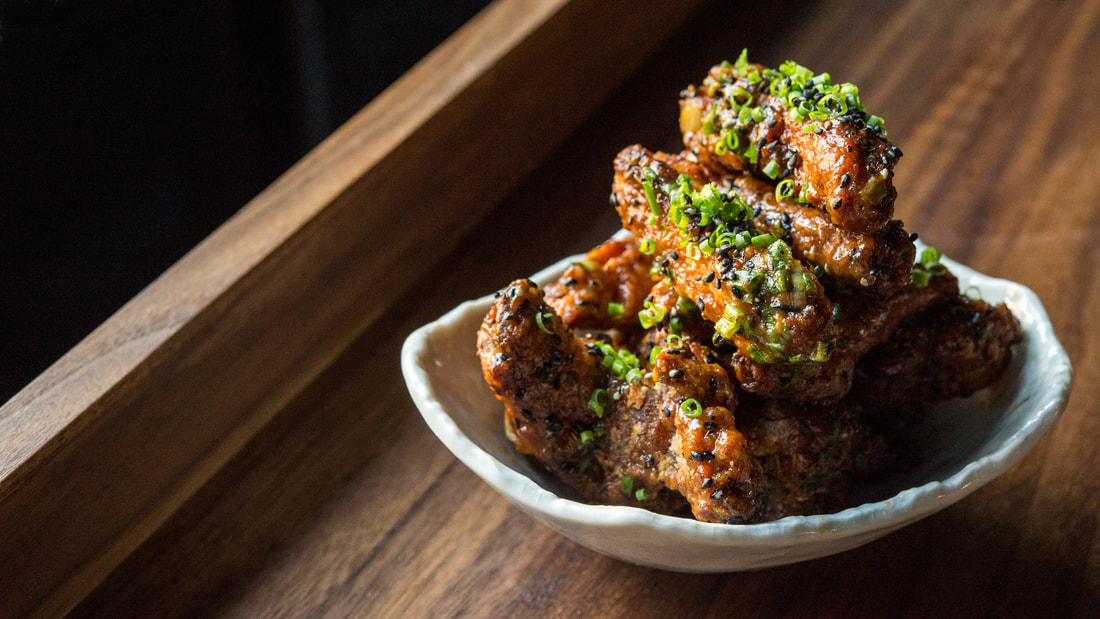
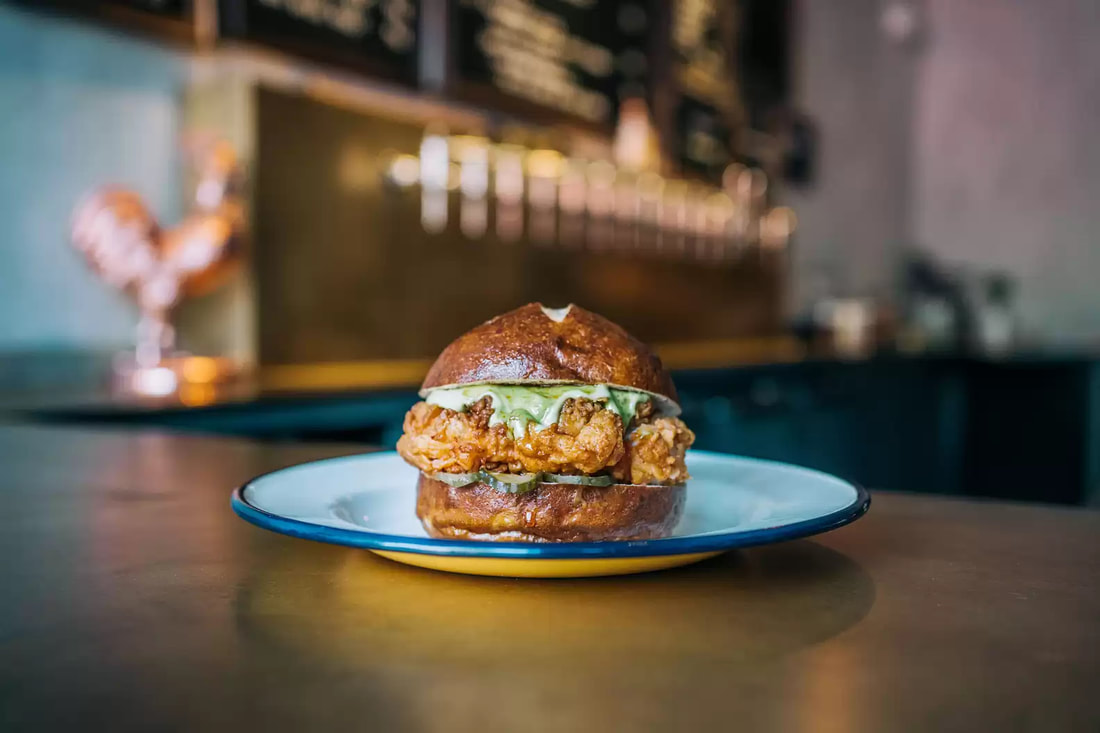
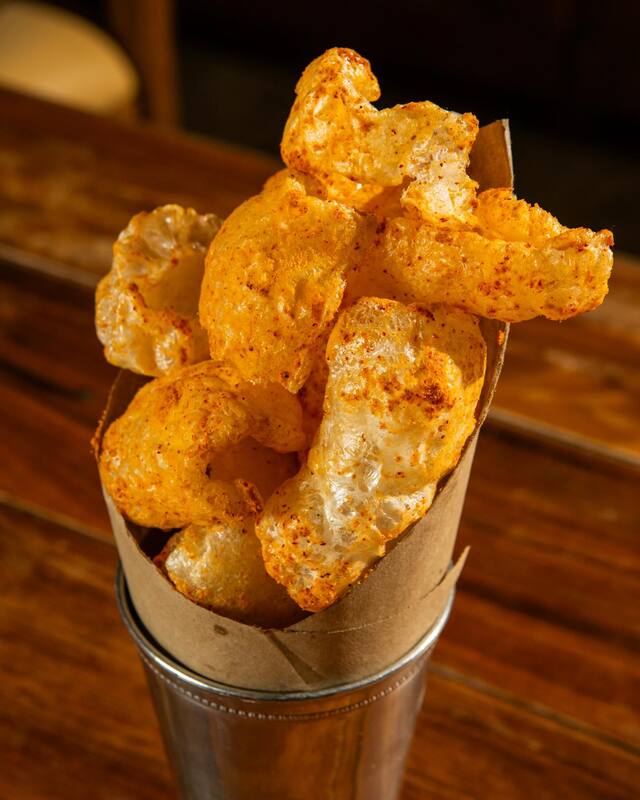

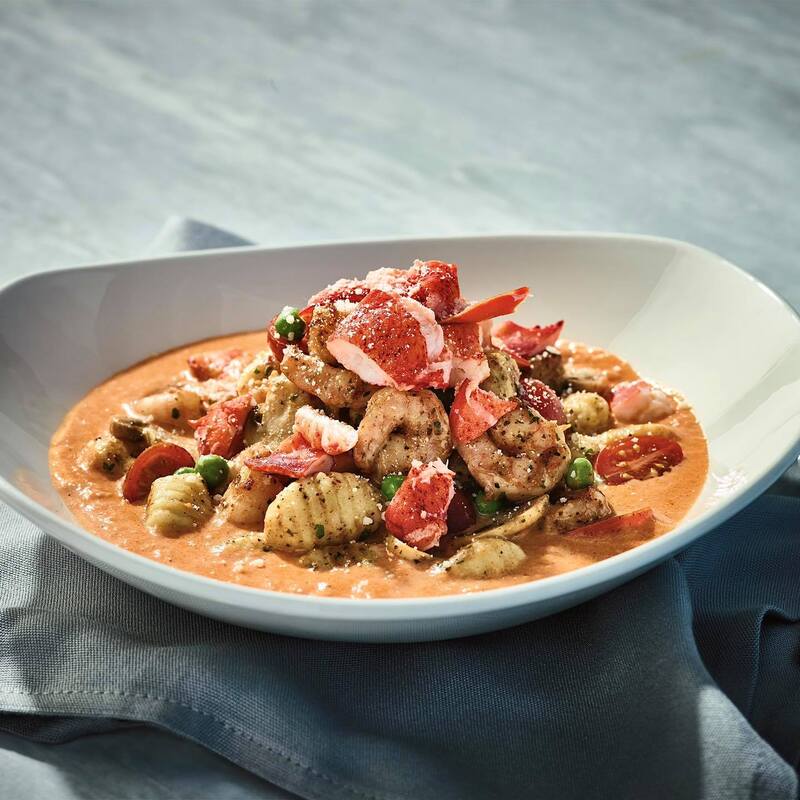

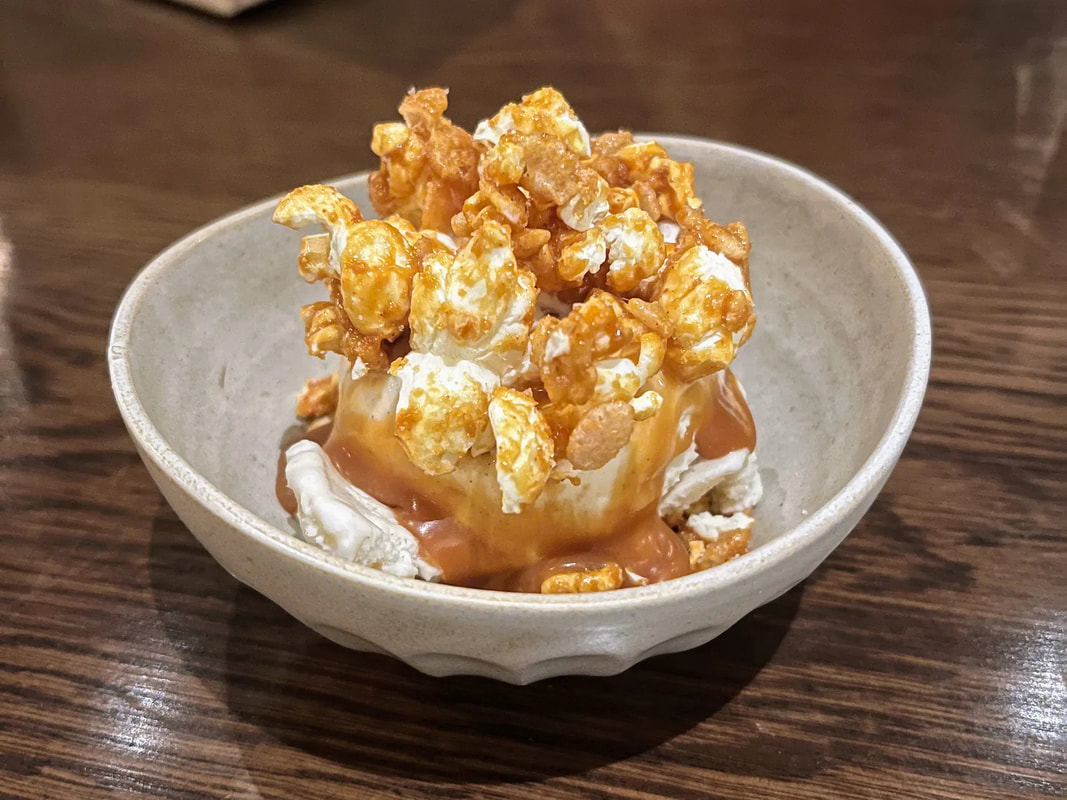
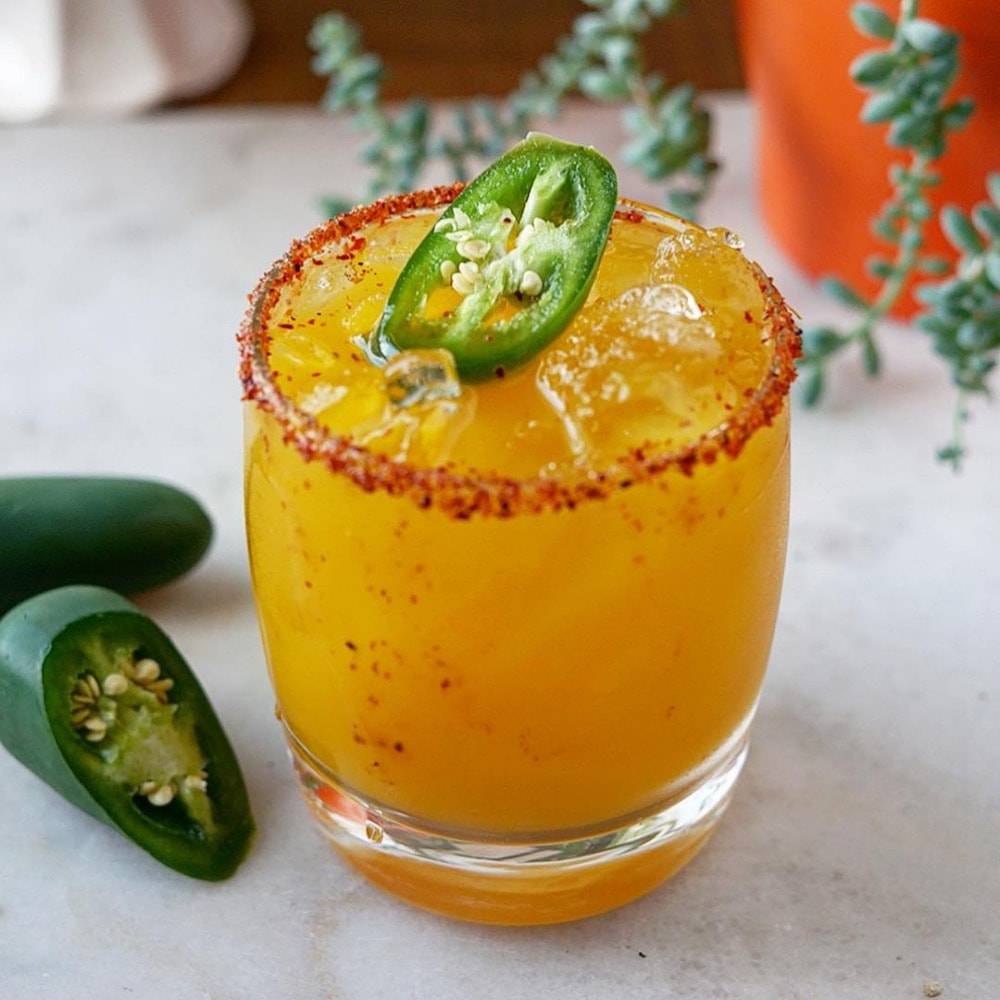
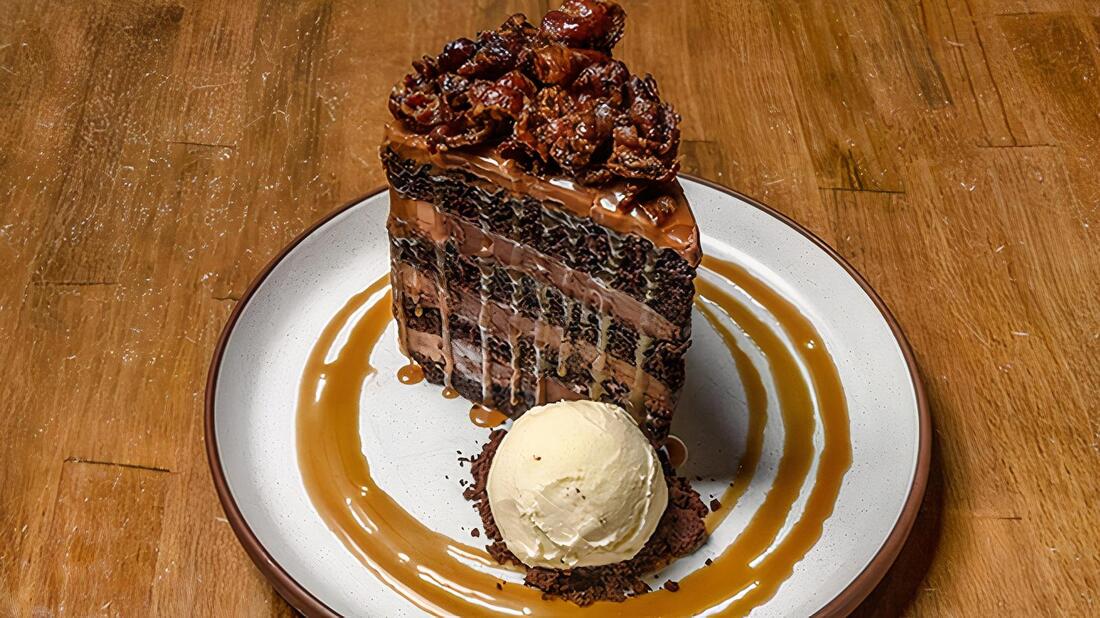


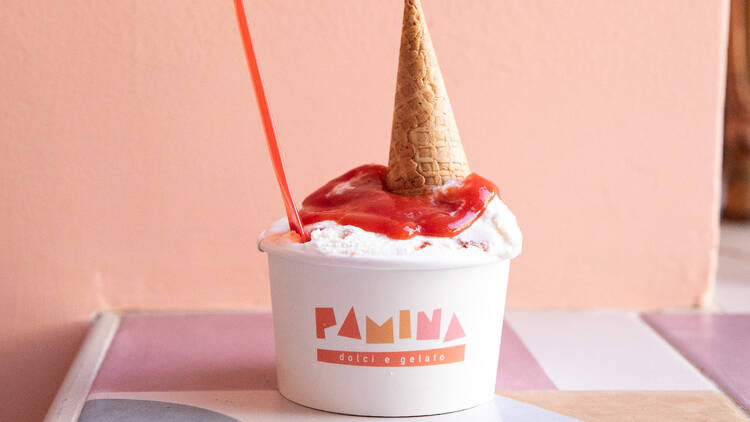
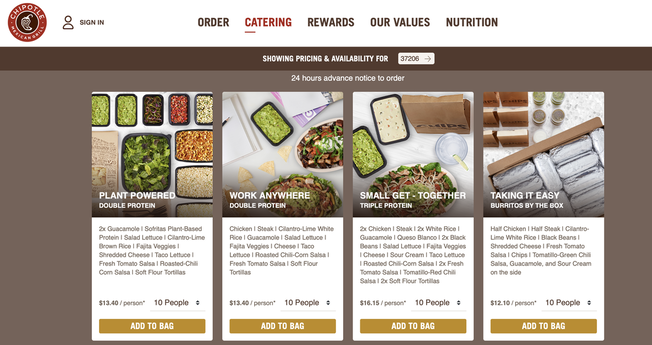
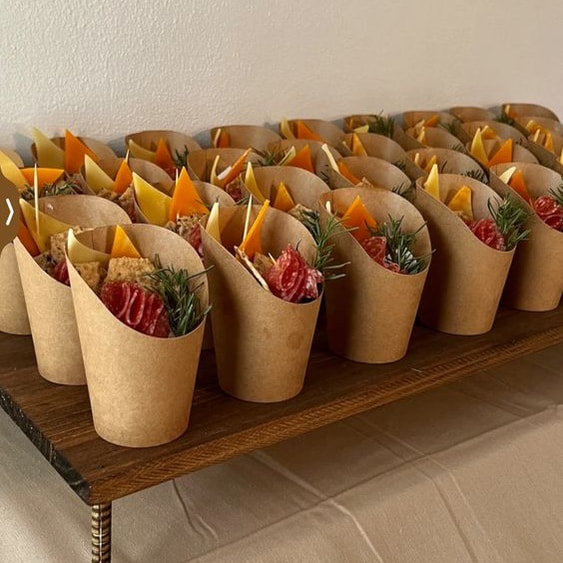

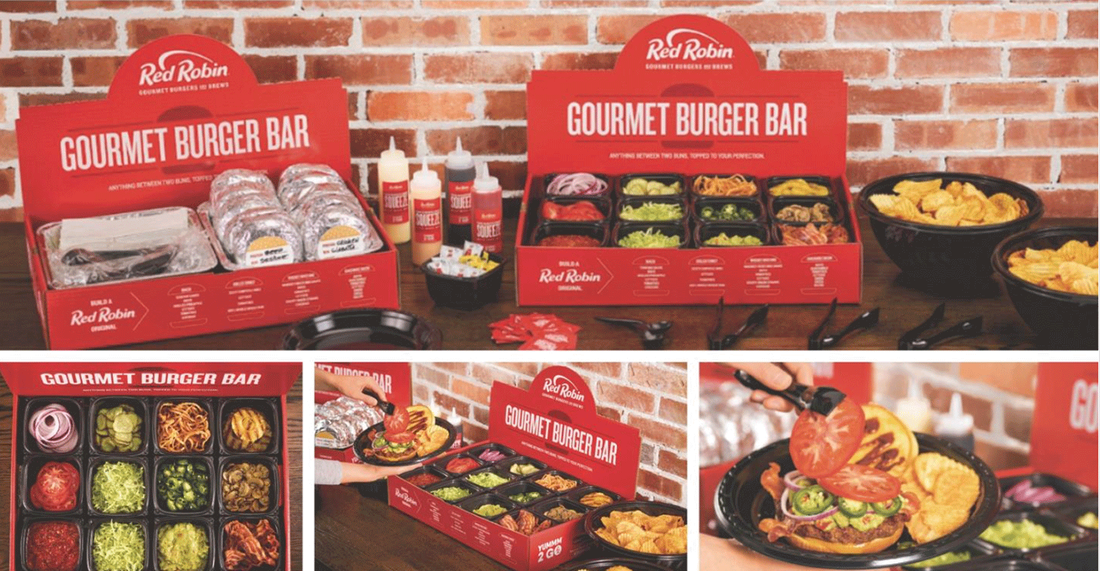



 RSS Feed
RSS Feed